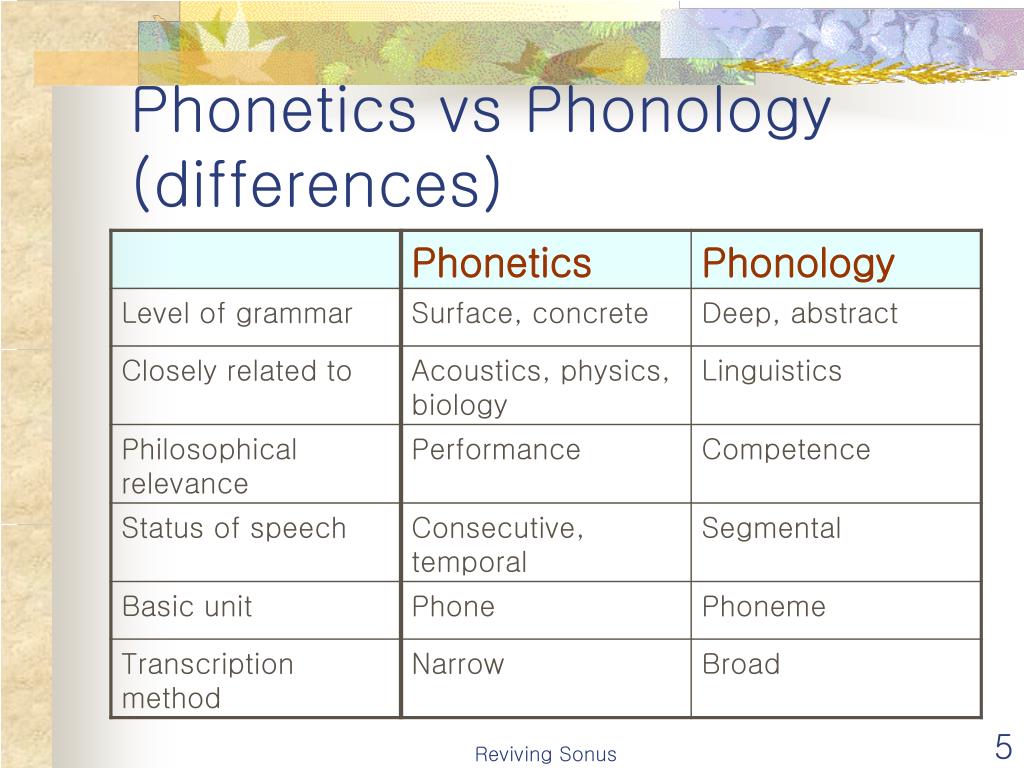
Here, we theoretically and experimentally demonstrate


The impedance and thickness of the components. An intuitive technique extensively used is toĬombine components (resonators) with quasi-perfect absorption to piece together a broad absorbingīand, but the requirement of quasi-perfect absorption substantially places a very strict restriction on These conclusions could potentially be used to the underwater acoustic absorption structure.īroadband sound sink/absorber via a structure with deep sub-wavelength thickness is of great and continuing interest in physics and engineering communities. Underwater impedance tube experiment proves the correctness of the FEA and TM calculation results. Different geometries and material parameters also could adjust the acoustic absorption to a great extent. The geometrical size, shape, and position of filler also affect the direction of shear wave propagation after the transformation, which is critical reason behind the broadband underwater acoustic absorption. Relative to pure viscoelastic rubber and traditional cavity acoustic absorption structure, the proposed structure could show excellent broadband acoustic absorption performance below 10 kHz. The accuracy of finite element calculation (FEA) is verified by the theoretical model established by transfer matrix (TM) method at radial coordinates. Basis for design is the contribution of local resonance resonators to low frequency absorption of airborne sound. In order to study and further develop underwater acoustic absorption structures, we present an underwater metamaterial for broadband acoustic absorption in this study, which is composed of viscoelastic rubber, conical cavity, cylindrical oscillator and backing steel. This work provides a potential avenue for low-frequency noise reduction structure design.

Compared with the structure without the grating, the meta-structure can realize 20% improvement of the average sound absorption coefficient in the range from 300-700Hz with the back cavity depth and the structure size unchanged, which is verified by the high consistency between finite element simulation and acoustic impedance tube experiment results. On this basis, a meta-structure with 6-unit-cell is proposed. Furthermore, some key parameters of the MCG unit cell are investigated to optimize the sound absorption performance. The specific physical mechanisms for sound absorption are analyzed from acoustic impedance and energy dissipate perspectives. To realize satisfactory sound absorption performance in low- frequency range (<500Hz) while keeping the depth of the back cavity unchanged, a membrane-cavity-grate (MCG) meta-structure is proposed. For resonant-type absorbers with a back cavity, the improvement of low-frequency sound absorption always depends on increasing the back cavity depth, which hinders its practical application.


 0 kommentar(er)
0 kommentar(er)
